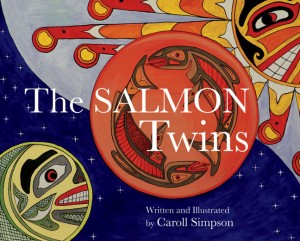
A book my students love!
The Salmon Twins is quickly becoming one of my favourite books. This book is beautifully illustrated and weaves together legends and traditions from many Coast Salish First Peoples. The first time I read this book with the students it felt a bit rushed. I chose to read it last monday, the same day we went on a field trip to the salmon hatchery. I read this book aloud using the document camera.
The students loved the book but field trip days are busy and when we don’t leave first thing in the morning I find the students are really distracted by their anticipation. After reading the book I immediately regretted having the students at their desks instead of our comfy gathering area on the carpet. The students all successfully identified important characters in the text but we didn’t quite get to the deep thinking I had in mind.
On the Wednesday I attended a workshop presented by Faye Brownlie on CR4YR. This was just in time. I was inspired to try this book again with the class. Through that workshop I was able to touch base and return to all the ideas I knew about effective literacy practices and pick up some new ideas too. I was reminded of all the usual strategies that I’ve used before to engage primary students in shared reading and read aloud. I thought it was worth going back to those strategies, even with intermediate students. At the workshop I sat with a teacher who was my advisor for my third year practicum. When I was chatting with her she reminded me of all the things I did with her class that she thought were really strong and effective strategies. Being around her really lifted my spirits. She’s been teaching for more years than I’ve been alive and she still comes out to Pro D events in the evenings. It just goes to show you can always pick up something new, and if you already know something it doesn’t hurt to hear it again.
The very next day, Thursday morning I gathered the students at the bleachers for a think aloud about the book. I chose one page and told the students that we were going to do something different and we were all going to ask one question. Everyone had to come up with one question about what they saw on just that one page. We also were going to resist the temptation to try and answer any of those questions! I reiterated the importance of listening to each other’s questions since that might make us change our thinking. I reviewed that questions can usually start with who, what, why, where, when, how come, etc. and that your voice goes up at the end of a question. I gave the students some time to think and then we all shared our questions one at a time. Once everyone had asked at least one question only then did I allow some of the keen students to ask a second question (I picked this up from the workshop!). After we had each asked at least one question I finally read the text on that page. We then identified an interesting character and used the glossary of the book to help our understanding.
We then identified four key vocabulary terms from just that one page: Elder, Salmon, Greedy and Woodworm. I set out that my only criteria for the written response was that you use those four words in someway to show your understanding. I told the students that when they had a plan of what they were going to write they could quickly signal to me with their hand and I would give them the nod that they were ready to go back to their desk to write and illustrate. I told the students that if they didn’t have a plan yet they could stay at the carpet space to chat with me. I am really enjoying this strategy… it is really increasing our productivity- no one leaves the carpet without a plan! This allows me to “catch” everyone who needs my attention and no one is getting lost in the physical space of the classroom. Students who are not yet ready to begin working independently can choose to stay and talk to me until they feel ready. The work output was impressive. Some students completed more than one page and the illustrations were wonderful.
I followed up on Monday to let the students know I had read their work and responded. I kept my assessment simple but meaningful. The main goal for me was to show students that I was looking at their work and listening to their ideas. Another teacher at the school mentioned to me that her philosophy for assessment is all about quick turn around and timely feedback for students. I printed my little checklist onto sticky notes and got to it!
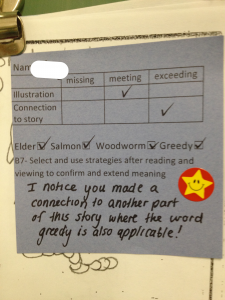
Today I revisited the book at the carpet space to introduce a new thinking routine “Circle of Viewpoints”. We used “I feel” statements to identify what the characters may be thinking at different parts of the stories.
Here’s an example:
Viewpoint: “I feel sad because I miss the twins”
Character: Grandma
The students really had fun with this one. We said the viewpoint and then allowed others to guess who the character was. It kind of felt like a bit of a game! We also talked about how “I” statements can be used to be respectful when we have disagreements with others. This thinking routine may be a keeper just like our compass routine.
It’s funny… it was a rocky start and I didn’t know that this story would capture the student’s attention for so long (or mine!). It’s been a wonderful interlude connecting our science unit about salmon to beginning deeper investigation, understanding and appreciation of Canada’s first peoples.
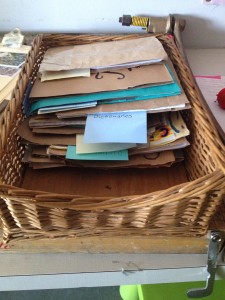
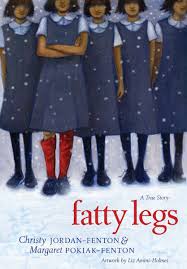


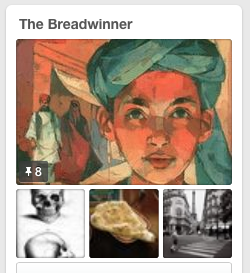
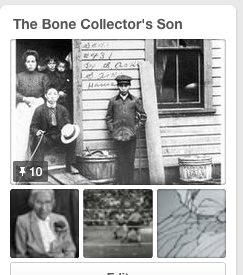 I would recommend The Breadwinner for Grades 5-8 and The Bone Collector’s Son for Grades 7-9. Both books are excellent (and I found many text-to-text connections between the two!).
I would recommend The Breadwinner for Grades 5-8 and The Bone Collector’s Son for Grades 7-9. Both books are excellent (and I found many text-to-text connections between the two!).